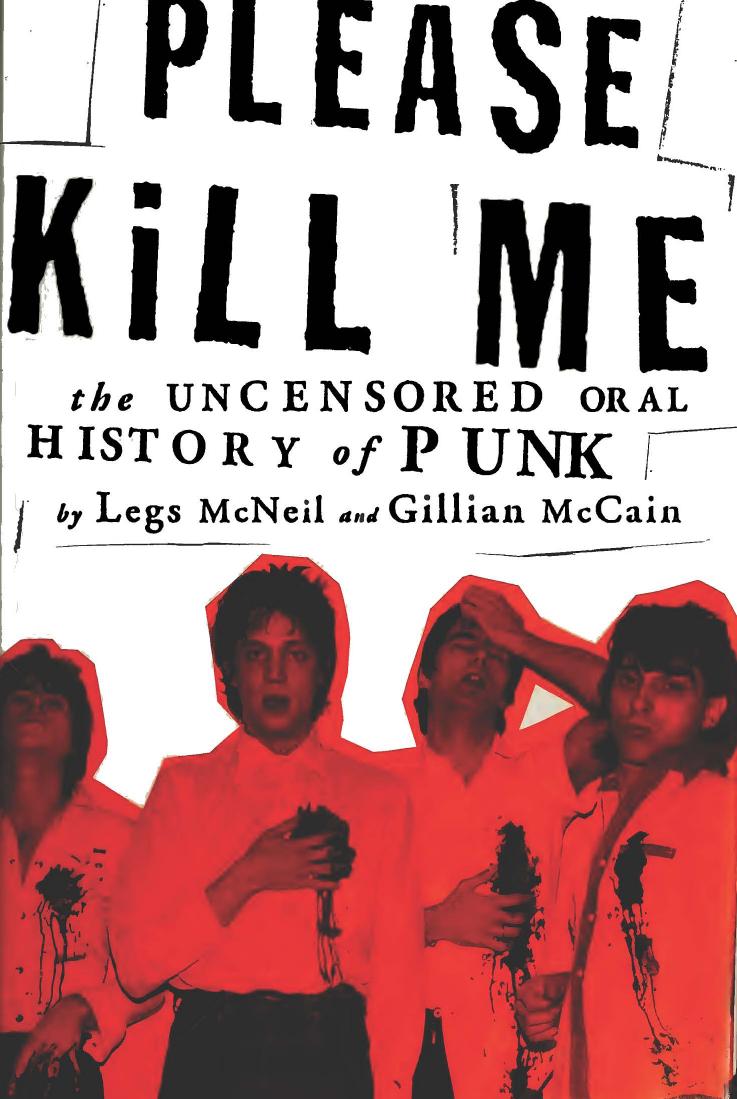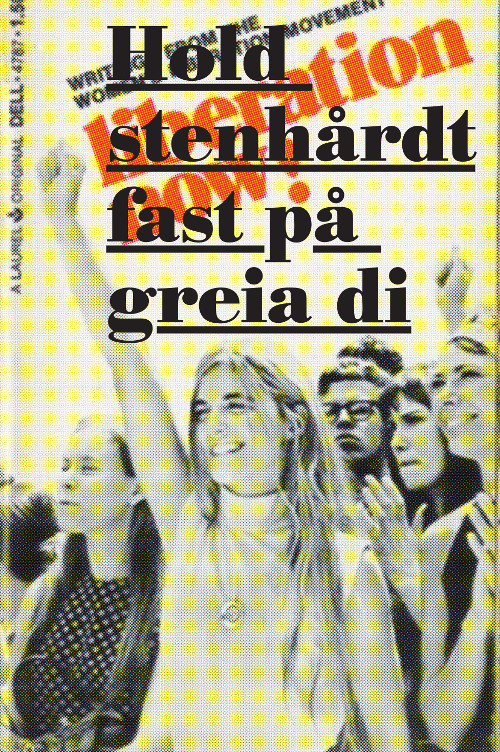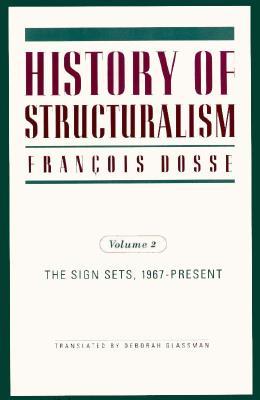Legs McNeil, Gillian McCain: Please Kill Me: The Uncensored Oral History of Punk (1996)
Filed under book | Tags: · 1960s, 1970s, 1980s, interview, music, music history, punk

“This first oral history of the most nihilistic of all pop movements brings the sound of the punk generation chillingly to life. Lou Reed, Iggy Pop, David Johansen, Dee Dee Ramone, Nico, Patti Smith, Malcolm McLaren, and scores of other famous and infamous punk figures lend their voices to tell the outrageous that bring the punk era to life. From its origins in the twilight years of Andy Warhol’s New York reign to its last gasps as eighties mainstream metalmania, the phenomenon that was known as punk is analyzed, criticized, eulogized, and idealized by the people who were there, and who made it happen. Please Kill Me reads like a fast-paced novel, but the energy it celebrates and the tragedies it contains are all too achingly human, and all too real.”
Publisher Grove Press, New York, 1996
ISBN 0802115888
452 pages
Hold stenhårdt fast på greia di: norsk kunst og kvinnekamp 1968-89 / Norwegian Art and Feminism 1968-89 (2013) [Norwegian/English]
Filed under catalogue | Tags: · 1960s, 1970s, 1980s, activism, art, feminism, norway

Hold stenhårdt fast på greia di (“Hold on to your thing”, but the original title holds more references) is the first major exhibition to consider the connections between artistic practice and the feminist movement in Norway.
“The exhibition presents an overview of the many ways in which second-wave feminist ideas contributed to a transformation of the accepted subjects and methods of contemporary art in Norway, as well as the creative contribution that artists made to the public representation of the women’s movement. From the formal liberations of the 60s avant-garde, through the developing political awareness and organised struggles of the 70s, to the disenchantment of the 80s, the exhibition also aims to show some of the ways in which formal art production was influenced by a radical core of activist practice.” (from the catalogue)
The exhibition was first held at Kunsthall Oslo (March-April 2013); another show is scheduled at Kunsthall Stavanger (January-April 2014). It is curated by Eline Mugaas, Elise Storsveen and Kunsthall Oslo.
Publisher Kunsthall Oslo, Oslo, 2013
32 pages
François Dosse: History of Structuralism, 2 vols. (1991–) [BR-PT, EN, ES]
Filed under book | Tags: · 1940s, 1950s, 1960s, 1970s, anthropology, history, language, linguistics, literary theory, marxism, philosophy, psychoanalysis, semiotics, sociology, structuralism, unconscious


“Claude Lévi-Strauss, Roland Barthes, Jacques Lacan, Louis Althusser, Jacques Derrida, and Michel Foucault—the ideas of this group of French intellectuals who propounded structuralism and poststructuralism have had a profound impact on disciplines ranging from literary theory to sociology, from anthropology to philosophy, from history to psychoanalysis. In this long-awaited translation, History of Structuralism examines the thinkers who made up the movement, providing a fascinating elucidation of a central aspect of postwar intellectual history.
François Dosse tells the story of structuralism from its beginnings in postwar Paris, a city dominated by the towering figure of Jean-Paul Sartre. The work of Saussure became the point of departure for a group of younger scholars, and the outcome was not only the doom of Sartre as intellectual leader but the birth of a movement that would come to reconfigure French intellectual life and would eventually reverberate throughout the Western world.
Dosse provides a readable, intelligible overall account, one that shows the interrelationship among the central currents of structuralism and situates them in context. Dosse illuminates the way developments in what are usually distinct fields came to exert such influence on each other, showing how the early structuralists paved the way for later developments and for recent discourses such as postmodernism. The cast of characters related by Dosse includes those mentioned above as well as Roman Jakobson, Julia Kristeva, Pierre Bourdieu, Gilles Deleuze, Félix Guattari, Tzvetan Todorov, and many others. Chapters are devoted to major figures, and Dosse has done extensive interviews with the major and minor figures of the movement, furnishing an intellectual history in which historical players look back at the period.
This first comprehensive history of the structuralist movement is an essential guide to a major moment in the development of twentieth-century thought, one that provides a cogent map to a dizzying array of personalities and their ideas. It will be compelling reading for those interested in philosophy, literary theory, sociology, anthropology, linguistics, and psychoanalysis.”
First published in French as Histoire du structuralisme, Éditions La Découverte, Paris, 1991, 1992
English edition
Translated by Deborah Glassman
Publisher University of Minnesota Press, 1997
ISBN 0816622418, 9780816622412 & 0816623716, 9780816623716
488 & 534 pages
Publisher (EN)
História do estruturalismo I (BR-Portuguese, trans. Álvaro Cabral, 1993, added on 2024-1-20)
História do estruturalismo II (BR-Portuguese, trans. Álvaro Cabral, 1994, added on 2024-1-20)
History of Structuralism, 1: The Rising Sign, 1945-1966 (English, trans. Deborah Glassman, 1997, via falsedeity)
History of Structuralism, 2: The Sign Sets, 1967-Present (English, trans. Deborah Glassman, 1997)
Historia del estructuralismo I (Spanish, trans. María del Mar Llinares, 2004)
Historia del estructuralismo II (Spanish, trans. María del Mar Llinares, 2004)

